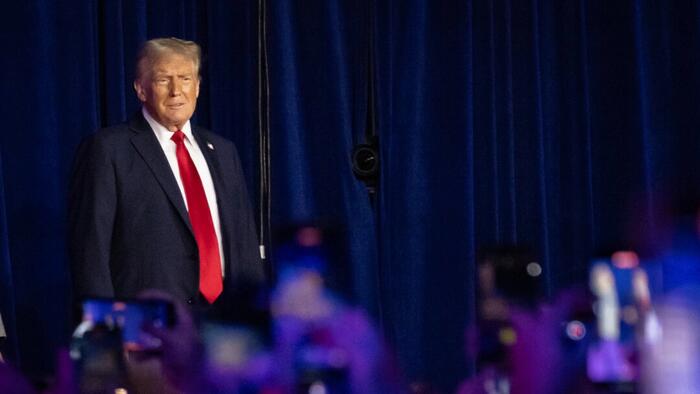The anticipated second administration of President-elect Donald Trump has sparked significant discussions regarding potential shifts in American foreign policy. His commitment to reshape U.S. international relations, particularly concerning ongoing wars in Europe and the Middle East, and responses to China’s aggressive posture in the Indo-Pacific, has left many in the foreign policy establishment feeling uneasy. Trump’s assertive, sometimes confrontational approach is expected to lead to marked changes in how the United States engages with allies and adversaries alike. While concerns persist about potential instability, some believe that a more robust and clear U.S. stance could reduce armed conflicts globally.
China represents a foremost challenge for the incoming Trump administration due to its ongoing efforts to undermine U.S. interests. In response, Trump is expected to reinforce alliances in the Indo-Pacific region, particularly with nations such as Japan, South Korea, and the Philippines, while reaffirming U.S. support for Taiwan in light of CCP aggression. Experts like John Mills from the Department of Defense suggest that these countries are likely to appreciate the clarity and conviction that a Trump administration could bring, which in turn may help decrease the chances of military conflict in the region. This level of resolve is thought to deter China from engaging in overt acts of hostility, contrasting with what some perceive as a more ambiguous stance under the Biden administration.
In terms of Europe, Trump’s previous administration gained notoriety for its hardline approach to NATO, often criticizing member nations for their defense spending. Following Russia’s invasion of Ukraine, many NATO allies have increased their military budgets, likely influenced by the prospect of a less predictable U.S. defense commitment under Trump. The next administration is expected to signal a push for a quicker resolution to the conflict in Ukraine through diplomatic negotiations, differing starkly from the Biden administration’s unwavering military support for Kyiv. However, analysts like Paul Davis express skepticism that there will be a significant reduction in U.S. support, given Trump’s past interactions with Ukrainian leadership and the overall strategic need for America to back its allies as they fulfill defense spending commitments.
The Middle East also stands as a critical area where Trump’s leadership could make a substantial impact, particularly concerning Israel’s military engagements against Iranian proxies. Trump’s staunch support for Israel is expected to continue, especially amid rising tensions following the fallout between President Biden and Israeli Prime Minister Netanyahu regarding the Gaza conflict. Experts predict that Trump will reaffirm the United States’ commitment to Israel’s security, ensuring it receives robust military support. Netanyahu’s early communication with Trump following the election illustrates the importance of U.S.-Israel relations, indicating both leaders see eye to eye on the threat posed by Iran.
Moreover, Trump’s administration is expected to adopt a more aggressive stance towards Iran’s nuclear ambitions and its regional proxy networks. The new administration is likely to strengthen Israel’s military capabilities and engage more actively in countering Iranian influence in the Middle East. This approach may shift the regional balance of power, with clear implications for U.S. relations with other states in the region. The dynamics between the U.S., Israel, and Iran will undoubtedly shape the contours of Middle Eastern geopolitics in the coming years.
In summation, Donald Trump’s anticipated second administration represents a potential paradigm shift in U.S. foreign policy, focusing on reinforcing alliances, curbing adversarial threats from China and Iran, and balancing military engagements in Europe and the Middle East. While concerns about volatility exist, the expected clarity and assertiveness in Trump’s approach could play a crucial role in stabilizing international relationships and negotiating peace in conflict-ridden areas. The outcome of this strategy will rely heavily on how effectively the administration can navigate the intricate webs of global alliances and enmities while pursuing its vision for American statecraft.

